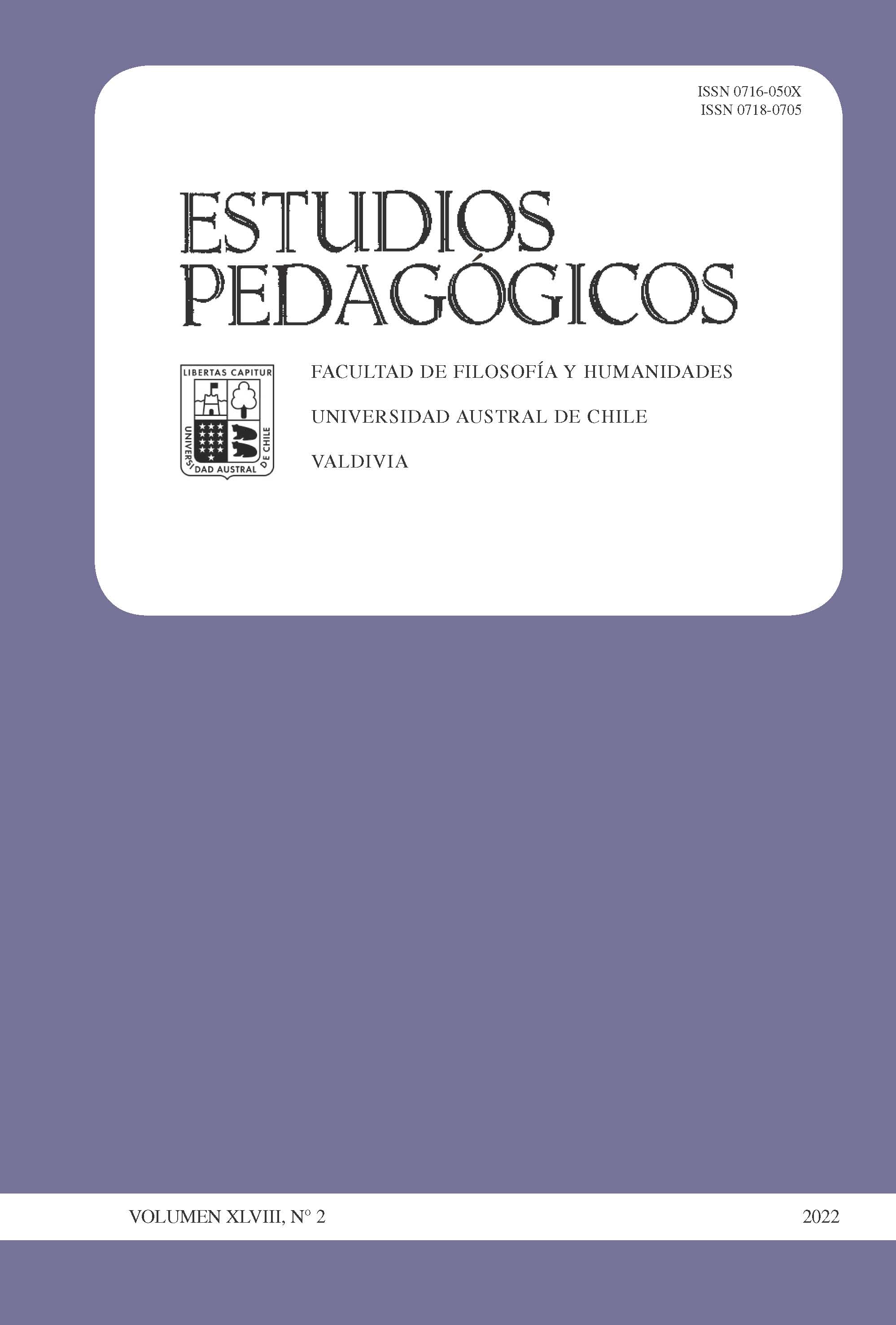Inclusion in School Learnings: Contributions from a Marginalized Childhood
Main Article Content
Abstract
In this paper we try to understand how the children’s social inclusion/exclusion processes deploy in a context of poverty. What means then “to include”? Which are the boundaries between social inclusion and exclusion in the school? How do the children subjectivize in this environment? The psychoanalytical theory postulates the existence of an unconscious dimension in human experience, where the subjectivation processes would deploy (Winnicott, 1975). The children’s inclusion or exclusion in school knowledges would depend on their emotional relations with “object-knowledge” (Mosconi, 1996). We realize a visual and interpretative ethnography during 7 months, focusing on a 4th grade. The fieldwork, the children’s visual productions and the group interviews with children demonstrate the importance of creativity as a tool for inclusion in school knowledges. This finding reframes the importance of children’s “activity”, giving priority to their creativity.

